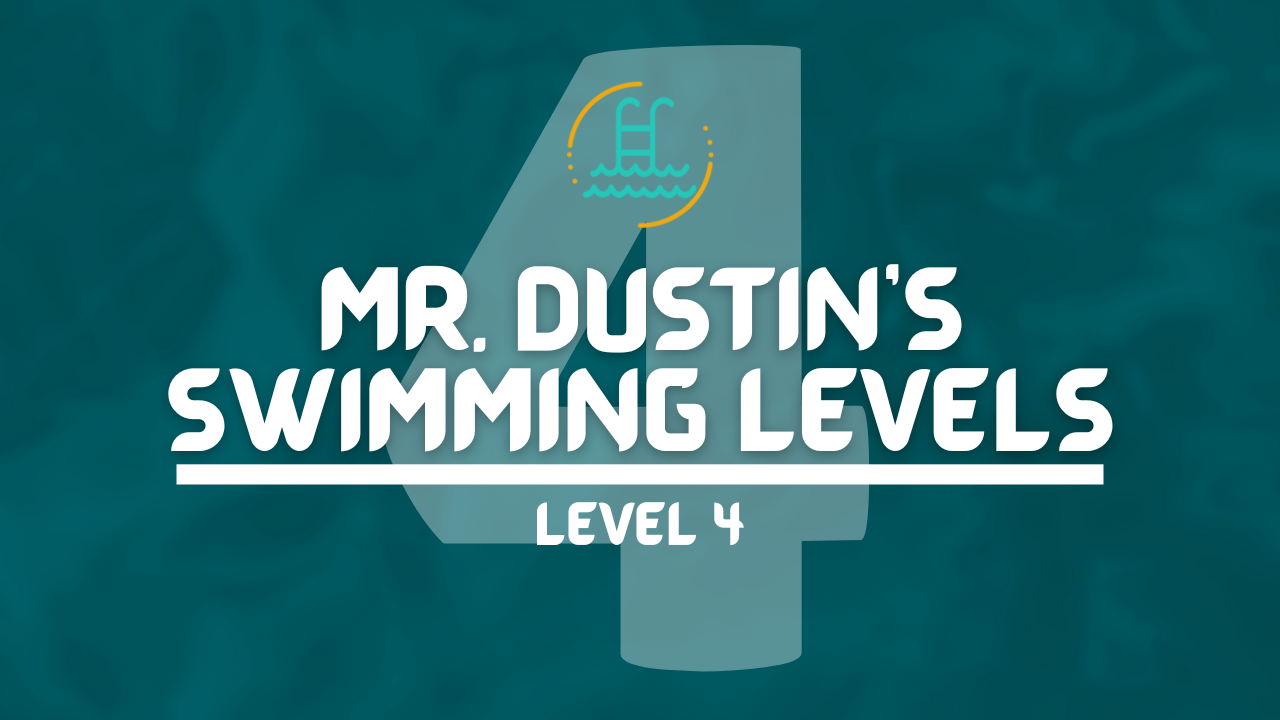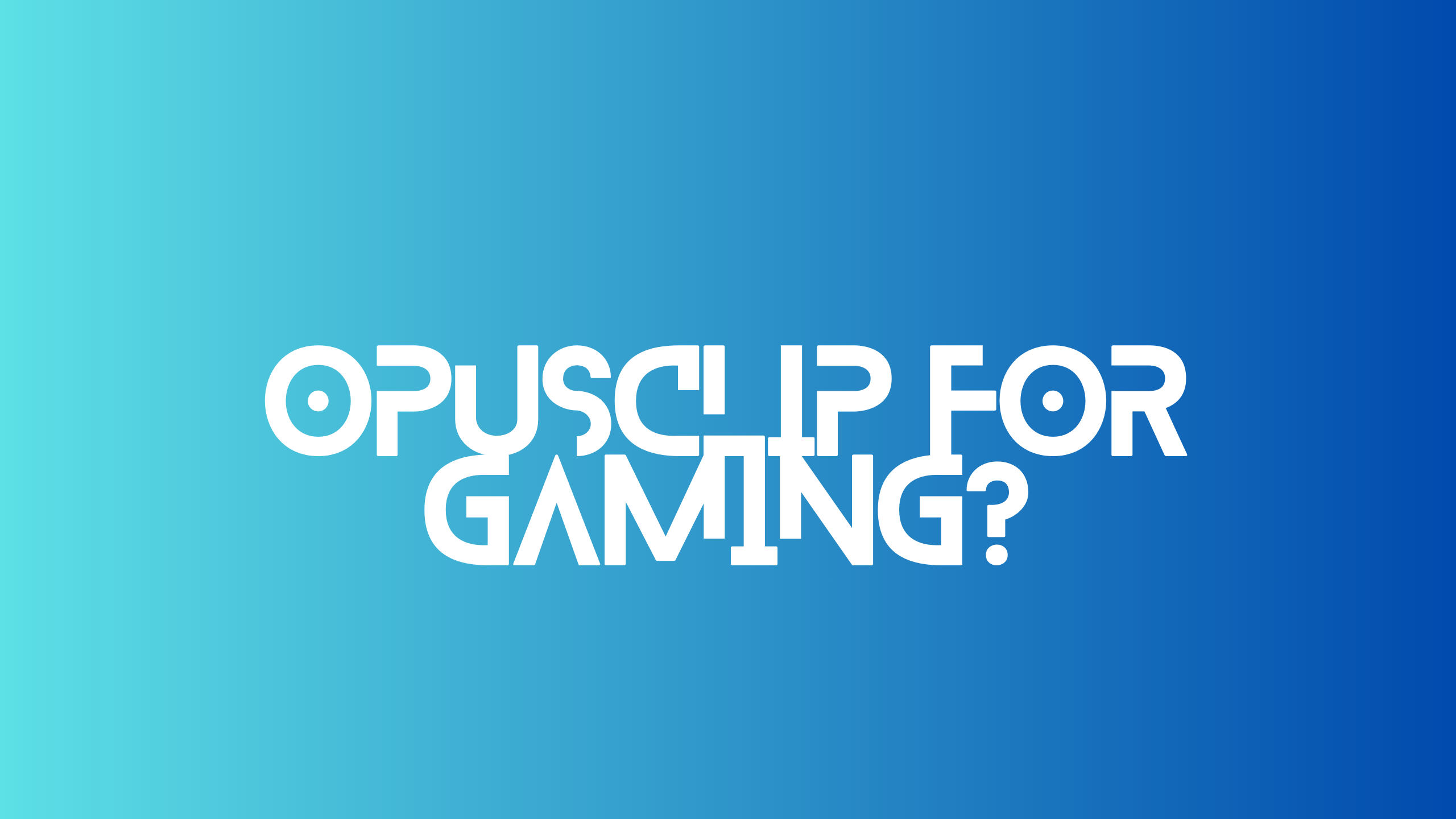This is part 4 of a collection of posts for each of my swimming levels for the Mr. Dustin's Swim Academy. If you feel like this level isn't for you. Then I encourage you to check out the other levels, or the complete list, via the swimming tag!
Your goal at this point is going for distance, and for calmness in all circumstances.
The more calm you are, then the more you can focus on what you are doing. When you are able to breathe freely, or when you are doing simple short bursts. It will be rather easy to stay calm, but when you are pushing yourself to your limits.
That is when your true test of calmness will kick in. How you respond in those moments will determine whether or not you pass onto the next levels.
Improving your Lung Capacity
By this point the student's strength will have increased dramatically over the course of the first three levels. Particularly in the lungs, and with the calmness in the brain over panicking.
As you swim more and more, then your body adapts more and more. Swimming is literally one of the best exercises in the world. Very few things come close to it.
The point of swimming is usually for a life skill, a marathon, overall health, or some combination.
As you practice each time, you are getting that 1% better, or more. You push yourself to new heights when you hold your breath for one second longer, going for one more lap, etc.
Be a Swimming Generalist
The student will be expected to swim a lap of each stroke, perhaps even all in a row. Those including but not limited to: Frontcrawl, Backstroke, Breaststroke, and in many cases a lap with just the dolphin kick.
Your number one priority is still of course FrontCrawl, as it is the most common form of swimming, and you'll be getting the most physical development from it too for now. Breaststroke is useful for pushing your lungs, and for retrieving things from the bottom.
Sinking toys are fun for ages in my opinion, and for kids it is often what they ask for the most.
Around this time you should have a pretty strong grasp on the backstroke as well, at least one of the two forms (if not both). It is a relatively easy stroke, even for people like me who sink naturally, and you are exposed to the air too.
The last thing would be taking laps with just the dolphin kick. While it is missing it's arm stroke component. The dolphin kick is a great way to improve core strength, mental endurance, and breath holding.
Red Wave vs Blue Wave
An idea I came up with after studying light waves. Depending on how much energy the light has, then it will come across the spectrum of color. One end being slow and long range red wave. The other end being fast and short burst blue wave.
I tend to see Dolphin kick like this, and if you are more of a marathoner body type. Then you might be more leaning towards red wave.
Conversely, if you're a sprinter body type, then you'll lean towards Blue wave.
However! You must do both, and this often frustrates people. To swim outside of your natural alignment. You can then take this marathoner versus sprinter concept to all of the other strokes as well.
An Introduction to Butterfly
I don't see a point of teaching this tough stroke sooner, as it builds on the concepts you learn from the other strokes.
You are swimming essentially what is double frontcrawl. Instead of alternating arms, both arms move together, and same goes for the legs.
That takes double the amount of force, and therefore double the amount of strength. Most students just won't have the endurance or confidence in the lower levels yet to make the time spent on Butterfly worth it.
At least until now!
Avoiding Micro-Panic
With any of the strokes calmness is the highest priority in this level, when struck with the micro-panic of "I am running out of air" notion hits; The student will choose to stay calm and proactive. Learning to expel air out, rather than rush to the surface for refueling of oxygen. A simple change, but one that takes a long time to master.
When you do relays, drills, and just simple laps. You have this number of things you need to do in your head. You are thinking about the 3 steps, how long you have until you need to breathe, and then on top of that: whatever workout you are supposed to do in that moment.
It is a lot to take in, and is why previous levels can be sometimes mentally overwhelming for some students. It feels like you're juggling many things, and in truth you are.
However they are more so like layers of a cake, and you add one to the cake one at a time. Then start over. When you realize that, then it becomes a lot more of repeatable patterns, and then your calm mind will realize "Oh I just have to wait until this step, I can do that!".
The Results..
Given the strength increase mentioned earlier, the endurance of the swimmer will be pushed, and challenges to the lungs, muscles, and mental clarity will increase thricefold.
This is the level where your actions you have taken in previous levels starts to compound (and this is only the beginning). It is the first level where your exercises start to really feel like workouts.
You are starting to do more drills and more pushes for getting better.
![Official Website for Dustin Miller PolyInnovator [LLC]](https://polyinnovator.space/content/images/2025/03/polyinnovator-logo-2024.png)











